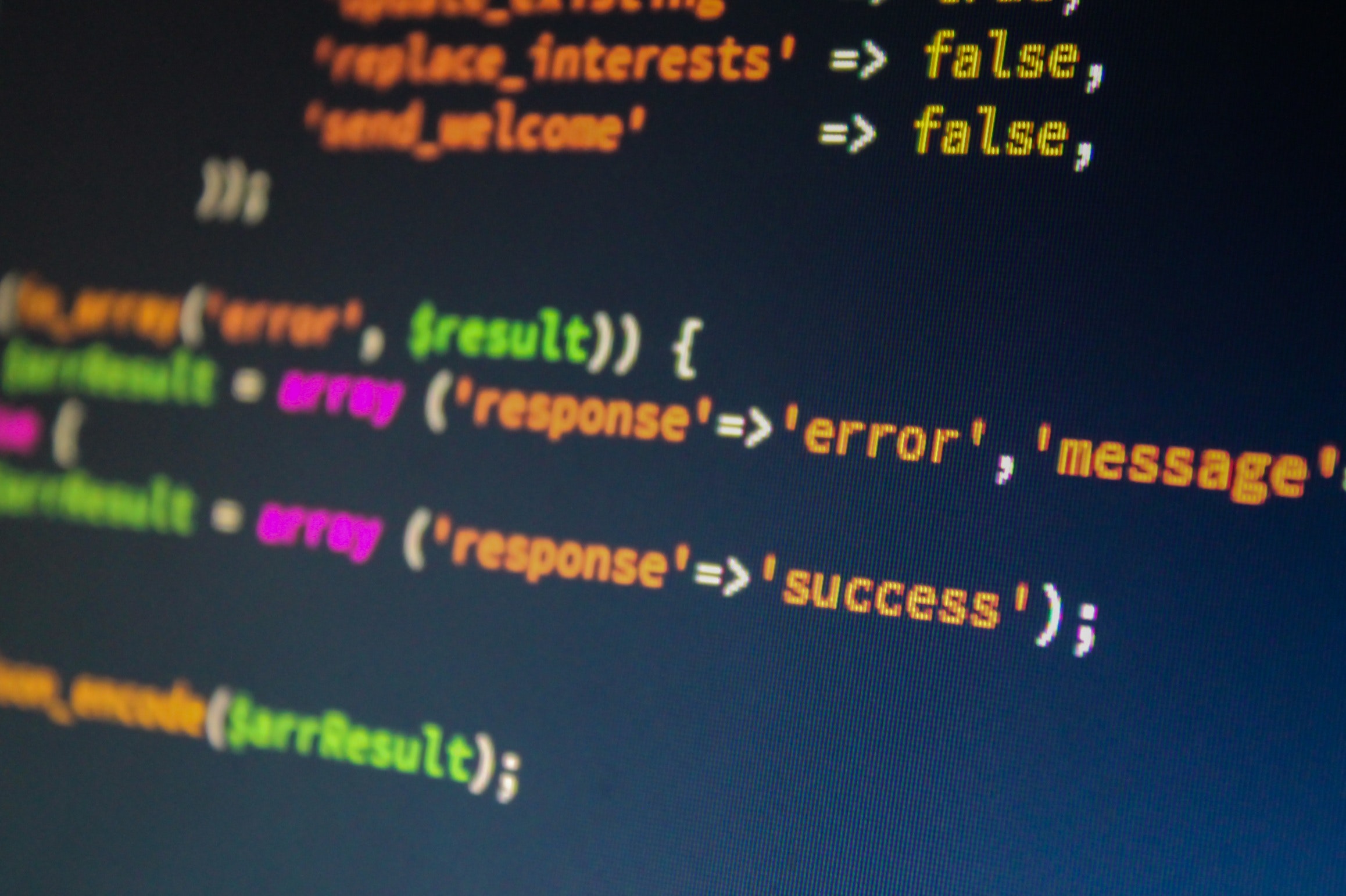Exploring New Algorithms in Machine Learning
Accelerating Training and Enhancing Accuracy with Transfer Learning and Pretrained Models
It is important to understand new algorithms in machine learning. In the field of machine learning, transfer learning has emerged as a powerful technique that allows us to leverage knowledge gained from pretraining models on large datasets and apply it to new, related tasks. Transfer learning has gained popularity due to its ability to accelerate training and enhance accuracy in various applications. In this blog post, we will explore the concept of transfer learning, delve into the advantages it offers, and provide practical tips for implementing it using pretrained models.
Understanding Transfer Learning
Transfer learning involves leveraging the knowledge gained from training a model on one task and applying it to a different, but related, task. Instead of starting from scratch and training a model on a new dataset, transfer learning allows us to use a pretrained model as a starting point. The pretrained model has already learned useful features from a large dataset, such as images or text, which can be transferred and fine-tuned for the new task at hand.
Benefits and Advantages of Transfer Learning
Accelerated Training: One of the significant advantages of transfer learning is its ability to significantly reduce training time. Pretrained models have already learned general features from a large dataset, which eliminates the need to train from scratch. By reusing these learned features, the model requires less time to converge, making it more efficient.
Enhanced Accuracy: Pretrained models capture a wealth of information from the original task they were trained on. This knowledge can be transferred to the new task, even if the datasets differ. By initialising the model with pretrained weights, we provide a head start for the model to learn relevant patterns and improve its accuracy on the new task.
Overcoming Data Limitations: In many real-world scenarios, obtaining a large labelled dataset can be challenging or expensive. Transfer learning allows us to overcome data limitations by utilising pretrained models trained on extensive datasets. By fine-tuning these models on a smaller dataset specific to our task, we can still achieve high accuracy and robust performance.

Practical Tips for Implementing Transfer Learning
Choose the Right Pretrained Model: The choice of pretrained model depends on the nature of your task. For computer vision tasks, popular pretrained models include VGG, ResNet, and Inception. For natural language processing tasks, models like BERT or GPT can be used. Consider factors such as the size of the dataset, the complexity of the task, and the computational resources available when selecting a model.
Understand the Input Requirements: Pretrained models often have specific input requirements, such as image size or text preprocessing. Ensure that your data preprocessing aligns with the requirements of the pretrained model. This may include resizing images, normalising pixel values, or tokenizing and encoding text appropriately.
Decide on Fine-tuning Approach: Depending on the similarity between the original task and the new task, you can choose to freeze some or all of the layers in the pretrained model or fine-tune the entire model. If the new task is closely related to the original task, fine-tuning more layers might be beneficial. However, if the tasks differ significantly, freezing more layers and training only the final layers can be a suitable approach.
Adjust Learning Rate and Regularisation: During fine-tuning, it is crucial to carefully choose the learning rate and apply appropriate regularisation techniques. Lower learning rates are often used when fine-tuning pretrained models to avoid catastrophic forgetting. Additionally, techniques like dropout and weight decay can help prevent overfitting and improve generalisation.
Evaluate and Iterate: Once the model is fine-tuned, evaluate its performance on a validation set. If the results are not satisfactory, consider adjusting the fine-tuning strategy, exploring different layers to freeze, or experimenting with hyperparameters. It may require several iterations to achieve the desired accuracy and performance on the new task. Remember that transfer learning is an iterative process, and it’s important to monitor and fine-tune the model accordingly.
Data Augmentation: Data augmentation techniques can further enhance the performance of the fine-tuned model. By applying transformations such as rotations, flips, or random crops to the training data, you can artificially increase the diversity of the dataset. This helps the model generalise better and improves its ability to handle variations and variations in the new task.
Gradual Unfreezing: If you’re fine-tuning multiple layers in the pretrained model, consider a gradual unfreezing approach. Initially, freeze all the layers and only train the final layers. Once the training stabilises, unfreeze a few more layers and continue training. Gradually unfreezing allows the model to adapt to the new task while preserving the learned representations in earlier layers.
Utilise Pretrained Embeddings: In natural language processing tasks, pretrained word embeddings such as Word2Vec or GloVe can be immensely valuable. These embeddings capture semantic relationships between words and can be used as input to a new model. By leveraging pretrained word embeddings, you can benefit from the knowledge learned from large text corpora, even if your specific task has limited labelled data.
Ensemble Techniques: To further boost the performance, consider using ensemble techniques with multiple pretrained models. Ensemble learning combines predictions from multiple models to make more accurate and robust predictions. You can train several pretrained models with different initialisations or architectures and average their predictions to obtain a final result.

Transfer learning, coupled with pretrained models, offers a practical and efficient approach to accelerate training and enhance accuracy in machine learning tasks. By leveraging the knowledge learned from large datasets, pretrained models provide a valuable starting point for new tasks, saving time and computational resources. The benefits of transfer learning include accelerated training, enhanced accuracy, and the ability to overcome data limitations.
When implementing transfer learning with pretrained models, it is important to select the appropriate model, understand input requirements, and choose the right fine-tuning approach. Adjusting learning rates, regularisation techniques, and exploring data augmentation strategies can further improve the performance of the fine-tuned model. Additionally, techniques like gradual unfreezing, utilising pretrained embeddings, and ensemble learning can provide additional boosts in accuracy and robustness.
As you embark on your transfer learning journey, remember that experimentation, evaluation, and iteration are key. Fine-tuning the model may require multiple iterations and adjustments to achieve optimal results for your specific task. By following these practical tips and exploring the vast landscape of pretrained models, you can harness the power of transfer learning to unlock new possibilities and solve real-world challenges more effectively.
With a 21-year track record of excellence, we are considered a trusted partner by many blue-chip companies across a wide range of industries. At this stage of your business, it may be worth your while to invest in a human transcription service that has a Way With Words.
Additional Services
About Captioning
Perfectly synched 99%+ accurate closed captions for broadcast-quality video.
Machine Transcription Polishing
For users of machine transcription that require polished machine transcripts.
